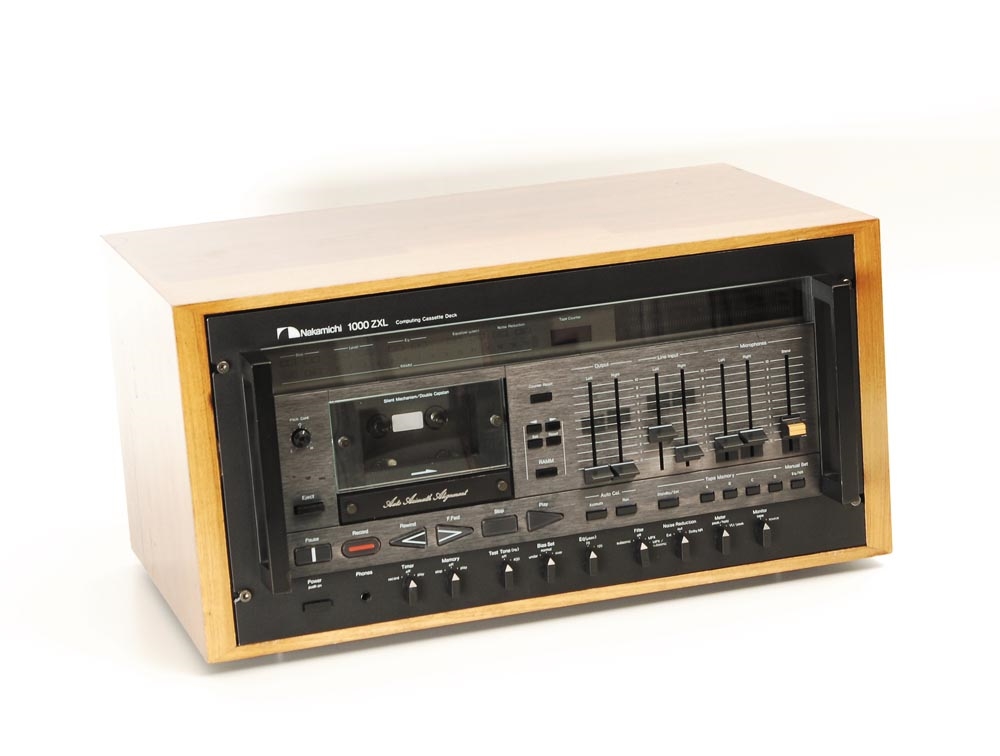

If you want to have your deck fully recallibrated for a specific brand of tape, including Dolby calibration, a good repair shop can do this in under an hour. If it sounds too dull or too bright, your deck is not properly set for this brand of tape, then try adjusting the bias fine tune until you find a setting that gives you a recording that sounds as close as possible to the original. If your deck's bias is properly set for the tape, the recording will sound almost identical to the FM source. Then play back the tape while switching between the tape and the same FM source, try and match the levels if possible so you are hearing a difference in tonal balance and not just volume. Set the recording level at -20 db on the recording meters, and record a minute or so of noise on a fresh tape, The Dolby noise reduction should be left turned off. To fine tune the bias, record some off-channel FM interstation noise, as this hissing sound approximates pink noise. If you are unsure of what brand of tape the deck was originally set up to use, try different tapes until you find what works best. Since your deck has a bias fine tune control, you can perform some matching of your deck to a particular brand/type of tape as follows:

The recording bias needs to be adjusted for flattest response for your particular choice of tape for each type. This includes both the recording bias and the Dolby noise reduction record/playback levels. To get the best performance the tape deck needs to be callibrated for a certain brand of tape. So while isopropanol will work well for cleaning the heads and the capstan, it would dry out and harden the surface of the rubber roll, which is not good. P.S.: And be careful: The rubber roll that presses against the capstain shouldn't be treated with aggressive chemicals for cleaning purposes. For this type of deck, I'd recommend to make a test recording with different bias settings in certain intervals (for example you could start with a low setting and turn it up a certain degree every 20 seconds or whatever - and it could be wise to note the according counter display in case it's not a real time counter.), which you can compare to the original in a separate playback cycle later on.Ĭhecking the azimuth and demagnetizing the heads and capstan might also be a good idea on a used tape deck, btw. With two head decks it's much more inconvenient, as one doesn't have the live monitoring feature at hand. Thus you can gradually approach the optimum setting for the tape. Then you change the bias setting slightly and listen, whether it's closer to the original or not. Well, I don't know that particular HK tape deck, but in general it's fairly easy to adjust the bias on three head decks: Just record anything and use the tape monitor switch on the deck to instantly and directly compare the input to what's been recorded.


 0 kommentar(er)
0 kommentar(er)
